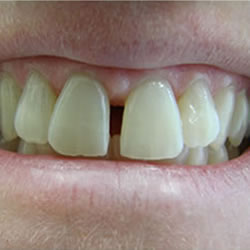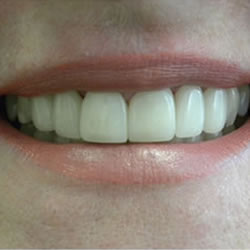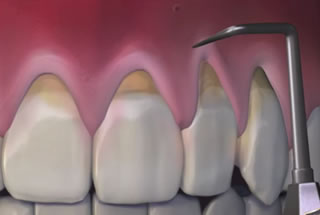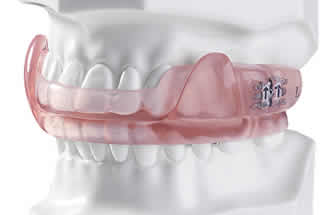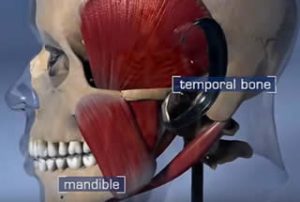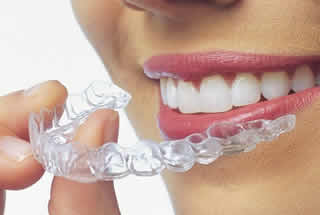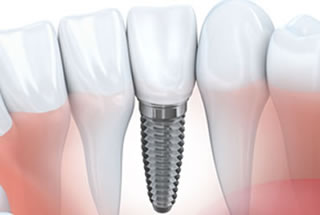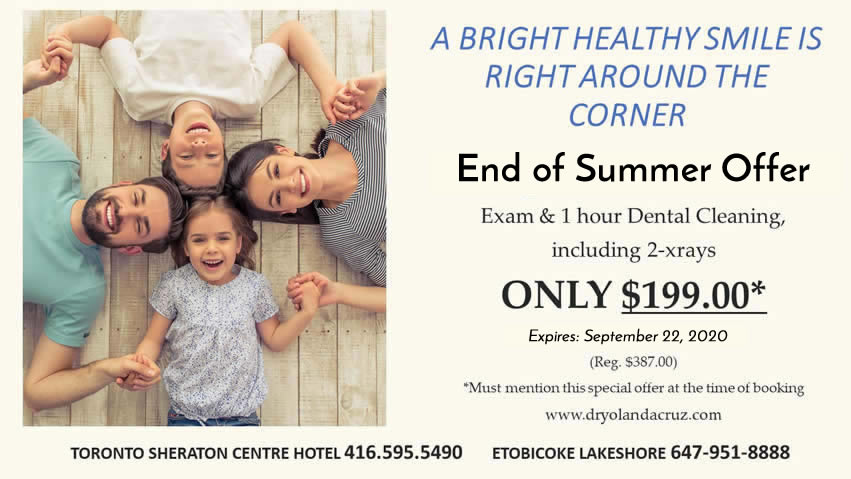
Tooth stains, chips, cracks, and discolorations can keep you from letting others see your teeth. If you are self-conscious about your smile, then dental veneers may be the answer for you. Veneers can correct a variety of imperfections and give you a natural, beautiful smile.
What are dental veneers?:
Made from tooth-colored porcelain, veneers are attached to the front of your natural teeth. They feel just like the rest of your teeth, and are durable and do not irritate your gums. Since porcelain is resistant to stains, you’re able to eat and drink as you wish. Good oral hygiene helps keep veneers and your natural teeth strong and healthy.
What are the benefits of getting veneers?:
There’s a reason that veneers are one of the most popular options in cosmetic dentistry. They provide a solution to many problems and can dramatically improve the appearance of your smile. Veneers are the answer for tough stains or discolorations that can’t be repaired by teeth whitening. They can also make your teeth look straight and even. Veneers provide an answer for chipped or broken teeth too.
Are there any disadvantages?:
The main thing to remember is that your original tooth might need to be reshaped to a smaller size and shape to allow the new, thin coating of the veneer to be placed over it. The coating will make your tooth look like a normal, perfectly shaped tooth. However, if the veneer is ever removed, it would need to be replaced to keep your smile looking nice. Dental veneers are a life-long solution to creating your best smile.
Do not wait any longer. Book your appointment now and achieve the smile you have always wanted. Dr. Cruz is accepting new patients from Toronto and the surrounding area.

One of the most common procedures in cosmetic dentistry today is dental veneers. Many types of problems can be remedied with veneers, such as teeth that are chipped, broken, gapped, misshapen, or discolored. A veneer is a very thin shell usually made of porcelain that is bonded to the fronts of teeth to hide flaws.
Benefits:
One of the best things about dental veneers is that they immediately transform your smile the minute they are placed. They are very natural-looking because the porcelain reflects light in the same way as real teeth. Discolored or stained teeth are erased by veneers that are created in the shade you choose. Porcelain resists stains so you no longer have to worry about discoloration. You get to keep your original teeth since veneers are attached directly to them. Veneers are not only an attractive choice, they are also strong and durable.
Procedure:
The process for getting dental veneers takes two or three appointments. At the first visit, you will have an examination and X-rays to learn if you are a good candidate for veneers. If this type of restoration is suitable for you and will help you achieve your goals, your dentist can customize your smile based on your facial features, coloring, complexion, and other characteristics. A mold will be taken of your mouth and sent to a dental laboratory for your veneers to be made. When they are ready in about a week, you will return to the dental office to have them attached to check for things like fit and color. The veneers will then be permanently bonded to your teeth and final modifications will be completed.
Care:
Your normal oral hygiene routine can be continued, including gentle regular brushing with a soft toothbrush and daily flossing. Regular dental checkups every six months should be maintained for checkups and cleanings. Avoid chewing or biting on hard items so that your veneers will not chip or break. If you follow these guidelines, your veneers should last a very long time.
Do not let another day go by without taking care of your dental needs. Request an appointment now at our Toronto dental office!

When your appearance gets you down because you are embarrassed about flaws in your smile, dental veneers can turn your life around. The process is simple and in only a couple of visits to your dentist, you’ll have a brand new beautiful smile.
Getting dental veneers is painless. Your dentist just takes impressions of your natural teeth and then the mold is used to create veneers just for you in a dental lab. The thin shells, usually made of porcelain or composite resin, are bonded onto the fronts of your teeth to hide all kinds of imperfections.
There are many reasons that patients consider veneers to transform their smile. Here are some common ones:
- Stains – severely discolored and stained teeth sometimes do not respond to teeth whitening treatment, or the results just aren’t dramatic enough to make you happy with your smile. The shade of dental veneers is chosen by you and your dentist, so you can achieve the exact color you’d like.
- Chips – teeth that are chipped or cracked are easily hidden under veneers. The damaged portion of the tooth is supplemented so that it looks brand new, and the hard coating supplied by the veneers protects the weakened tooth from further damage.
- Misalignment – if braces or other orthodontia didn’t work for you or if you want to avoid the sometimes lengthy and embarrassing process, veneers make your smile appear straight and perfect. Uneven or crooked teeth can cause low self-esteem, but veneers will make you proud to smile.
- Gaps – extra spaces between your teeth can also be upsetting, especially large gaps that might even call for invasive procedures like dental implants. Your dentist may be able to cover awkward gaps with veneers to give you an even smile without any pain or prolonged recovery time.
Veneers aren’t for every dental problem, but many of them can be addressed with this easy and quick solution. Ask your dentist if they are right for you.
Ready to transform your smile? Schedule your appointment today at our Toronto dental office.
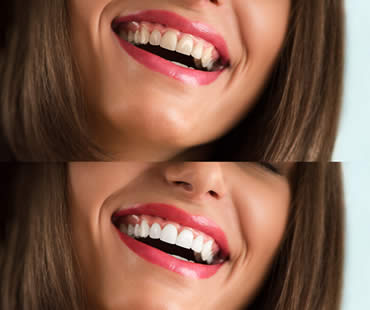
While life can be full of moments that are wonderful, there are days that just naturally stand out: your wedding, your graduation, a very special anniversary or birthday, or a big job interview you’ve always wanted. Many of these events are photographed, and when you look back at those photos in years to come, you naturally want to look your very best. Will you look back on your photos and wonder, could my teeth have looked better? The answer could be yes if your teeth aren’t the best and the brightest they can be.
Teeth are covered in enamel, a strong white coating on top of the internal structures of your tooth. As we age, enamel naturally wears away. Because it cannot be replaced naturally, the enamel thins, and the yellow layer of dentin beneath is exposed. This leads to smiles that are discolored and yellowed, appearing dingy and dim.
The foods we eat affect the brightness of our teeth, and some can begin to stain long-term. Beets, blueberries and blackberries can leave stains, as can tea, coffee, dark soda and red wine. Even soy sauce and balsamic vinegar can discolor your smile. If you have any crown, bridges or veneers, those structures aren’t affected by long-term stains, and can begin to stand out in unattractive contrast to your natural, darkening teeth.
Begin the process for your important day by scheduling an appointment with your dentist. Have your teeth examined and cleaned, and learn what teeth whitening procedures would best benefit your particular smile needs. Don’t wait until the last minute, as some whitening procedures take time to reach optimal effects. Some whitening methods increase the sensitivity of your teeth or surrounding gums. Planning ahead can allow your teeth some time to recover prior to your special event.
After your professional teeth whitening, you’ll be surprised at your self-confidence. Your mood will improve as you face those around you with your best and brightest smile, and everyone you meet will sense it. Love the photos you’ll be taking for years to come, and talk to your dentist today.
Are dental issues holding you back? Take control of your oral health by booking an appointment with our experienced team at our Toronto dental office.
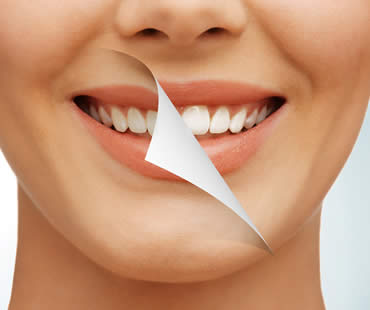
Magazine articles often say that a smile reveals a person’s personality. If so, you don’t want to have dull, yellow, stained, dingy teeth! Instead you want a faultless set of pearly whites that communicates the best things about you, such as good hygiene and a confident air.
To transform your smile from dull to brilliant, teeth whitening is a great option. The field of dentistry has developed a whole array of products and procedures for brightening smiles. For example, patients may choose to completely hide their discolored teeth behind dental veneers. Or, tough stains can be covered up with dental bonding. If you’re looking for methods that simply bring your yellowed teeth back to a more appealing shade of white, there are several teeth whitening techniques to choose from:
- Over-the-counter products are available from your local drugstore including whitening strips, gels, pens, toothpaste, mouth rinses and more. These require consistent use following the directions, and take longer than most other methods. Most products do provide some level of improvement, but not as dramatic as professional methods.
- Home whitening methods are available from your dentist, such as customized trays that you fill with a special bleaching solution to wear at home for a period of time. At-home whitening typically takes several weeks to achieve desired results.
- Professional whitening is performed at the dentist’s office using specialized tools. It is the most effective method and results are visible in only about an hour, due to the highly concentrated bleaching solution and enhancement with ultraviolet light or lasers.
Teeth whitening not only brightens your smile but also can shape your entire personality. A common benefit is increased self-confidence because you no longer feel you need to hide your teeth, but instead you tend to smile and laugh and speak more easily. Feelings of embarrassment about your teeth can affect you in many ways, but a smile that you’re proud of can improve the way you interact with others. Ask your dentist about whitening methods that can help you improve both your smile and your personality.
Do not let another day go by without taking care of your dental needs. Request an appointment now at our Toronto dental office!
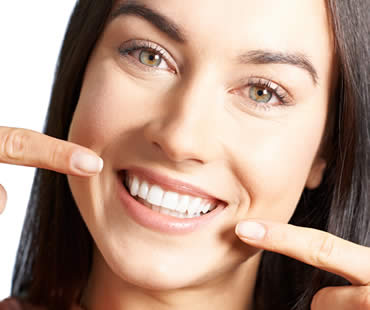
Your smile is a noticeable part of your appearance, and yellow dingy teeth can leave a negative impression on others. Most people have to work at having a bright sparkly smile, because teeth can discolor with age, diet, and lifestyle.
You may not realize that sipping a glass of red wine or coffee can be a detriment to your smile, as can sugary items that allow acids to attack your tooth enamel. Smoking is an even worse culprit. It not only leaves ugly spots on the surface of teeth, it also contributes to poor gum health.
If your teeth are already stained or if you’re having a hard time breaking the habits that discolor them, teeth whitening is a good way to improve the look of your smile. There are numerous methods to regain the natural glow of your teeth, ranging from over-the-counter techniques for home use to professional treatments in an office setting.
Whitening products available at your local drug or grocery store include things like toothpaste, chewing gum, mouthwash, gels, and whitening strips. These are readily available and usually inexpensive options. Most of these products are simple to use and can be done in the convenience of your home when you choose. However, over-the-counter products are not as strong as professional methods. This means that results are not dramatic and usually take a long period of time of consistent use. Also, the effects may not last as long as you hope before it’s time to consider whitening again.
Professional teeth whitening is often performed by general and cosmetic dentists in an office environment. Bleaching is a popular professional method. The biggest advantage of in-office treatment is the fast results, with a visibly brighter smile evident in about an hour. Results are often dramatic, lightening teeth by several shades. Professionals trained and experienced in these methods provide safe and effective treatment. Methods available professionally may cost a bit more than home options, but the dramatic results may be worth it.
Do not wait any longer. Book your appointment now and achieve the smile you have always wanted. Dr. Cruz is accepting new patients from Toronto and the surrounding area.







 E-Mail Us
E-Mail Us  416-595-5490
416-595-5490